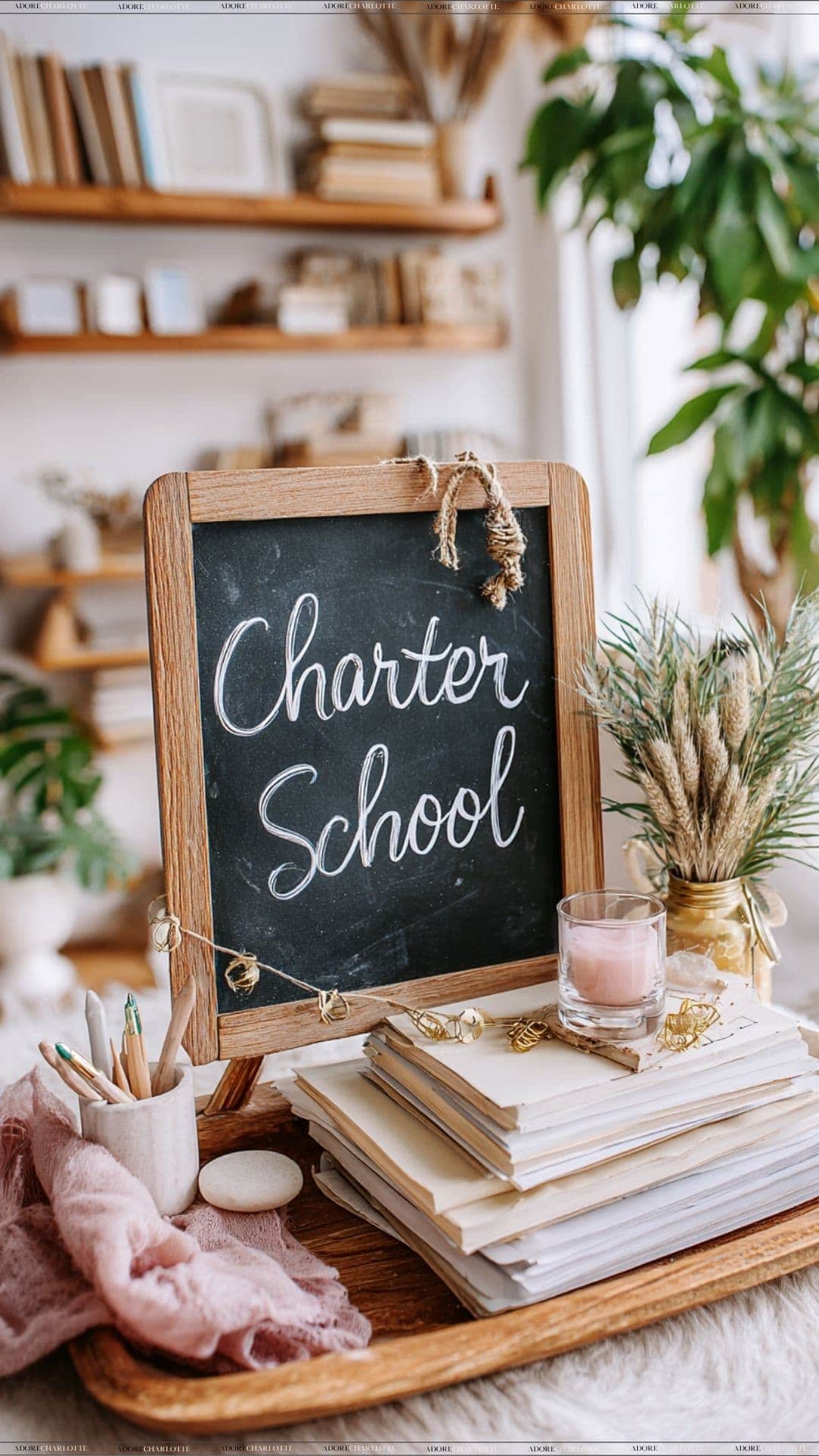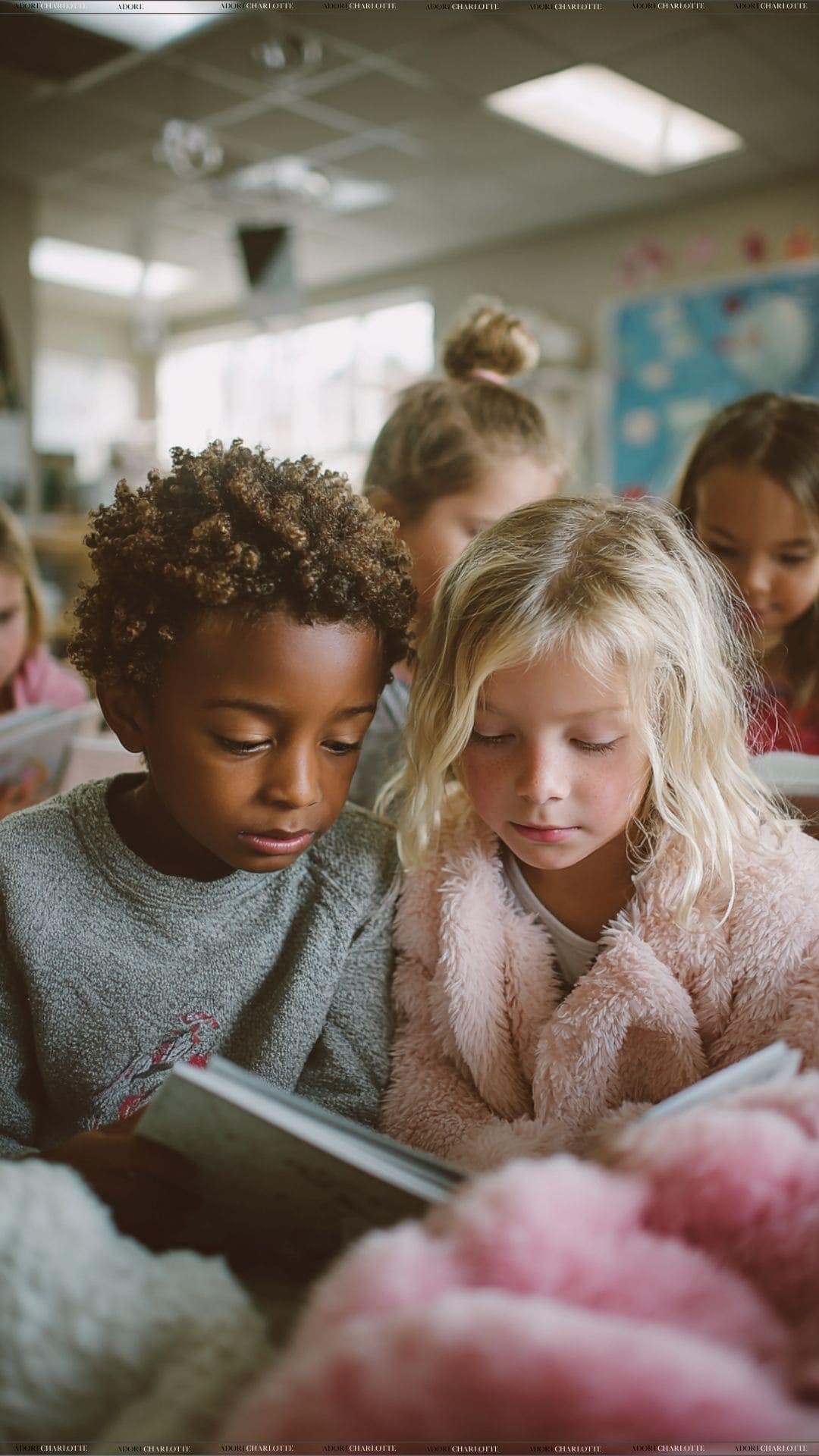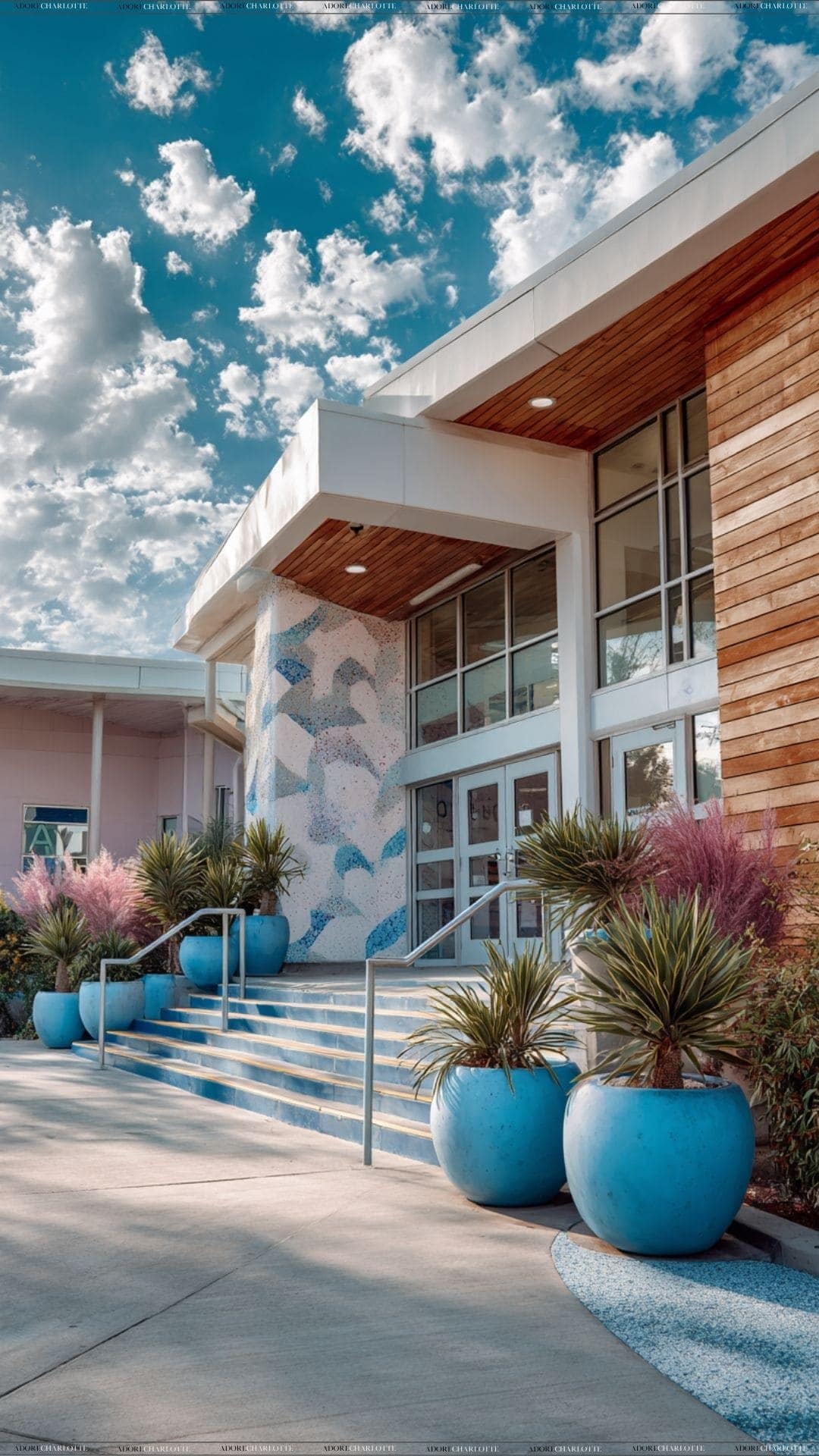Inside the Rise of Tuition-Free Public Charter Schools
As a Family Lifestyle Publisher and mum of three, I’ve seen how learning environments shape confidence and curiosity. Public charter schools are part of a growing movement toward freedom, accountability, and creativity in education. Let’s explore why more families are choosing this approach, and how these schools are reshaping the future of learning.
Education is evolving, and families are leading the change. Across the country, more parents are exploring public charter schools as a modern alternative to traditional education. These tuition-free schools offer flexibility, innovative teaching, and community connection. Helping children learn in ways that feel more personal and effective.
Education is changing as families look for better ways to help their children learn. Many now see public charter schools as a good choice for their needs. These schools are free to attend and give more room for flexible teaching.
They focus on helping students grow through different programs and activities. Teachers can plan lessons that match how students learn best. This keeps learning simple, clear, and connected to real-life skills.
Discover how public charter schools continue to grow and shape the future of learning today.
Freedom in Learning Choices
Public charter schools give teachers and leaders the freedom to plan their lessons. This freedom helps build learning programs that match students’ goals and needs. Parents like that these schools are free and open to all families.
Students enjoy smaller classes where teachers can give them more attention. This makes learning more comfortable and helps them do better in school.
Public charter schools give both structure and flexibility, which helps children learn at their own pace. Teachers can focus more on what works for every student and less on strict rules.

Focus on Student Achievement
These schools pay close attention to each student’s progress. Teachers use simple tools to check how students are learning. They often adjust lessons to match what students find hard or easy.
Parents are updated often and stay involved in the process. This teamwork builds trust and support around every student. In public charter schools, success is not only about high scores but also about steady improvement and confidence.

Community and Family Engagement
Public charter schools believe that learning grows stronger when families are part of it. Parents are encouraged to join school events and stay active in their children’s education. Teachers and families work together to support students in every way they can.
Schools often build partnerships with local groups to create more opportunities. These activities help students feel connected to their community and proud of their progress.
Schools like this Legacy Traditional School in Gilbert show how family and school teamwork can shape better learning outcomes. When parents stay involved, children feel more motivated and supported.

Accountability and Transparency
Public charter schools are required to meet clear standards for learning and performance. They must show good results in both academics and management. This makes parents feel sure that the school is responsible and honest.
Progress reports and updates are shared to keep everyone informed. Families can see how the school uses its funds and how students perform. This kind of openness helps build trust between the school and the community.

Innovation in Teaching Methods
Public charter schools often try new ways of teaching that make learning more engaging. Teachers are allowed to test different ideas and use simple tools that work well.
Some use digital platforms to help students learn faster and more clearly. These changes make classes more interactive and less repetitive. Teachers can update their lessons to match new trends in education. Students benefit from a mix of traditional and modern learning.

Understand the Rise of Tuition-Free Public Charter Schools
Public charter schools continue to grow because families see their value. They offer free and flexible learning that helps students reach their goals. The focus on community, innovation, and fairness makes them stand out.
These schools build strong support between teachers, students, and parents. With more families choosing them, education becomes more open and future-ready. PCS show that simple ideas can make a big difference in how children learn and succeed.

FAQs: Tuition-Free Public Charter Schools
What exactly is a public charter school?
A public charter school is a tuition-free, publicly funded school that operates independently from the local district. It follows a charter — or agreement — that outlines its goals and accountability standards. This setup gives teachers and leaders the freedom to design lessons that fit students’ needs while still meeting state education requirements.
Are public charter schools really free to attend?
Yes! Public charter schools are completely tuition-free. Just like traditional public schools, they receive government funding based on student enrollment. Families don’t pay fees to attend, though optional extras like uniforms or trips may have small costs.
How do public charter schools differ from traditional public schools?
The biggest difference lies in flexibility and innovation. Charter schools have more freedom to create new teaching methods and design unique programs that fit students’ learning styles. They also tend to have smaller class sizes, stronger parent-teacher collaboration, and more emphasis on community involvement.
Who can attend a public charter school?
Public charter schools are open to all students, regardless of background or academic level. Most schools use a simple enrollment process, and if applications exceed available spaces, they hold a lottery system to keep admissions fair and transparent.
Do public charter schools follow the same curriculum as other schools?
Charter schools meet the same academic standards set by the state but have flexibility in how they teach. That means students learn the same key subjects — maths, science, English, and social studies — but lessons may include hands-on projects, technology-driven activities, or creative learning approaches that keep students more engaged.
How are charter schools held accountable?
Every charter school must meet performance goals outlined in its charter agreement. These include academic results, student attendance, and financial management. Schools that don’t meet those goals risk closure, which keeps accountability high and standards clear for families.
Are charter schools better than traditional public schools?
“Better” depends on each child’s needs. Many families choose charter schools for their personalised learning, small classrooms, and community focus, while others prefer the structure and resources of traditional public schools. The best choice is the one that supports your child’s learning style and emotional wellbeing.
Can students with special educational needs attend a charter school?
Absolutely. Charter schools are required by law to provide support for students with special educational needs or disabilities. They often offer smaller classrooms, individualised learning plans, and specialist staff who ensure every student receives equal access to education.
How can parents get involved in charter schools?
Parental involvement is central to most charter schools. Parents can volunteer, attend events, serve on advisory boards, or participate in school decision-making. This level of engagement helps create a stronger sense of community and keeps learning collaborative and transparent.
Before You Go
Public charter schools are helping families find new ways to support their children’s learning in a flexible, welcoming environment. Every child learns differently, and that’s something worth celebrating.
This post is simply here to inspire you to explore your options, not to add pressure. Take what feels right for your family, leave what doesn’t, and always trust your instincts.
Education feels right when your child feels seen, safe, and supported. That’s where the real learning begins.
With love, gratitude & soft girl CEO vibes.

